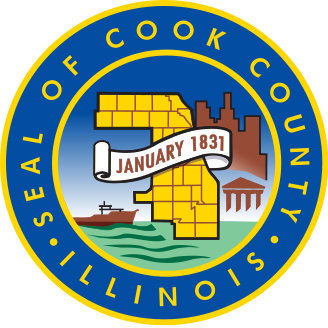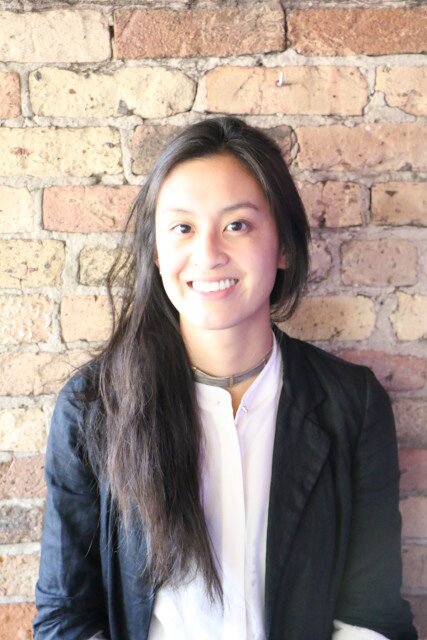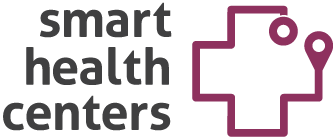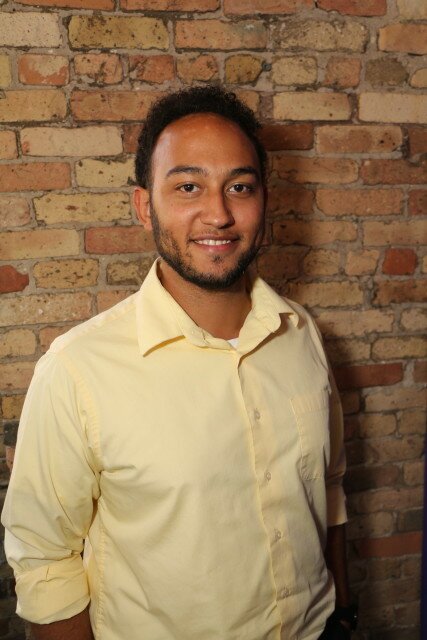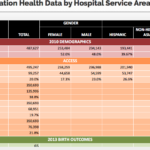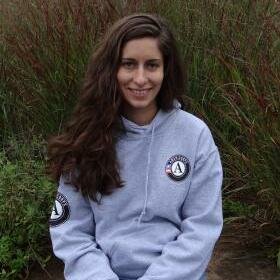 Editor’s note: The following post is from Alicia Phillippou – a member of the Chicago Health Corps
Editor’s note: The following post is from Alicia Phillippou – a member of the Chicago Health Corps
What do Habitat for Humanity, City Year, and the Smart Chicago Collaborative all have in common? They are all programs that benefit from the help of AmeriCorps members! This year marks the 20th anniversary of AmeriCorps, the National Service Organization which provides year-long service opportunities to people of all ages interested in making a difference. The Chicago Health Corps (CHC), an AmeriCorps program that has been part of the organization since its inception, is also celebrating its 20th Anniversary.
In honor of this, the CHC and its members have been spreading the word about all the work that members participate in throughout the Chicagoland area. Chicago Health Corps members serve at Erie Family Health Centers educating patients about diseases and disease prevention. There are also members serving with Chicago Public Schools working to educate students of all ages about health issues ranging from dating and sexual health to proper dental and eye care. There are even members serving as two of the Smart Chicago Collaborative’s many Health Navigators at the General Medicine Clinic at Fantus Health Center. Feel free to take a look at what CHC members have gained so far from their year of service!
Given the CHC and Smart Chicago’s shared dedication to the betterment of human lives within Chicago, it was only natural for a partnership to develop. As the two CHC members serving at Fantus Smart Health Site, we engage patients in activities that promote access to care and increasing health and technological literacy skills. While these are lofty goals on a daily basis our work is much more straightforward. We inform and assist our patients with gaining access to the patient portal, a secure website that gives patients’ access to their Electronic Health Records (EHR). This allows patients to see upcoming appointments, review summaries of past visits, and even communicate with their medical team from within the portal. From conversations with our patients, we have found that having access to this information promotes well-being, comfort, and trust in the healthcare setting. It helps people feel more connected to their doctors when, given the enormity of the clinic, it can be so easy to feel isolated.
Although establishing access to their medical records is very helpful to patients once they have left the clinic, we also focus on helping them navigate the system when they arrive for their appointments. We hold orientation classes for new patients and refresher classes for seasoned patients who are trying to get used to the new system of healthcare delivery that the clinic is implementing. We have also produced a detailed video that describes clinic resources that are available to patients. This video, now in English and Spanish, plays in the waiting rooms and serves to educate patients about who the different medical professionals in the clinic are, how to get their medications, make new appointments, and contact their doctors. We know that doctors and nurses are incredibly busy and do not always have time to explain these systems to patients every time they come in; our resources serve to save that time by helping patients avoid confusions that can arise when medications run out, when appointments are scheduled, and when navigating our health system.
While we have had many successes this year, there have also been a number of difficulties. The General Medicine Clinic is the largest clinic in the Midwest with an incredibly diverse patient population. Many of our patients travel for hours by car, bus, and train to get to the clinic. We also have a substantial number of patients who do not speak English. Many of our patients do not own computers, or do not understand how to use a computer. We have even met a handful of patients who admitted that they are unable to read or do not know what an email address is. All of these things make it difficult for us to promote the patient portal and overall health literacy.
These barriers are daunting and are not always surmountable, but we have found that ingenuity, patience, and understanding have really helped us. We create email addresses for those patients who do not have them so that we can sign them up for the patient portal. We give basic computer tutorials to those patients who do not know how to turn on a computer or who don’t know how to open a web browser. The video describing the clinic’s resources that we have created relies very heavily on images so people of all literacy levels can understand our message. Furthermore, listening to our patients and empathizing with them has been incredibly useful. All in all, thus far, this year has been filled with challenges, successes, and an incredibly large number of learning opportunities, and we have enjoyed every single one of them!
